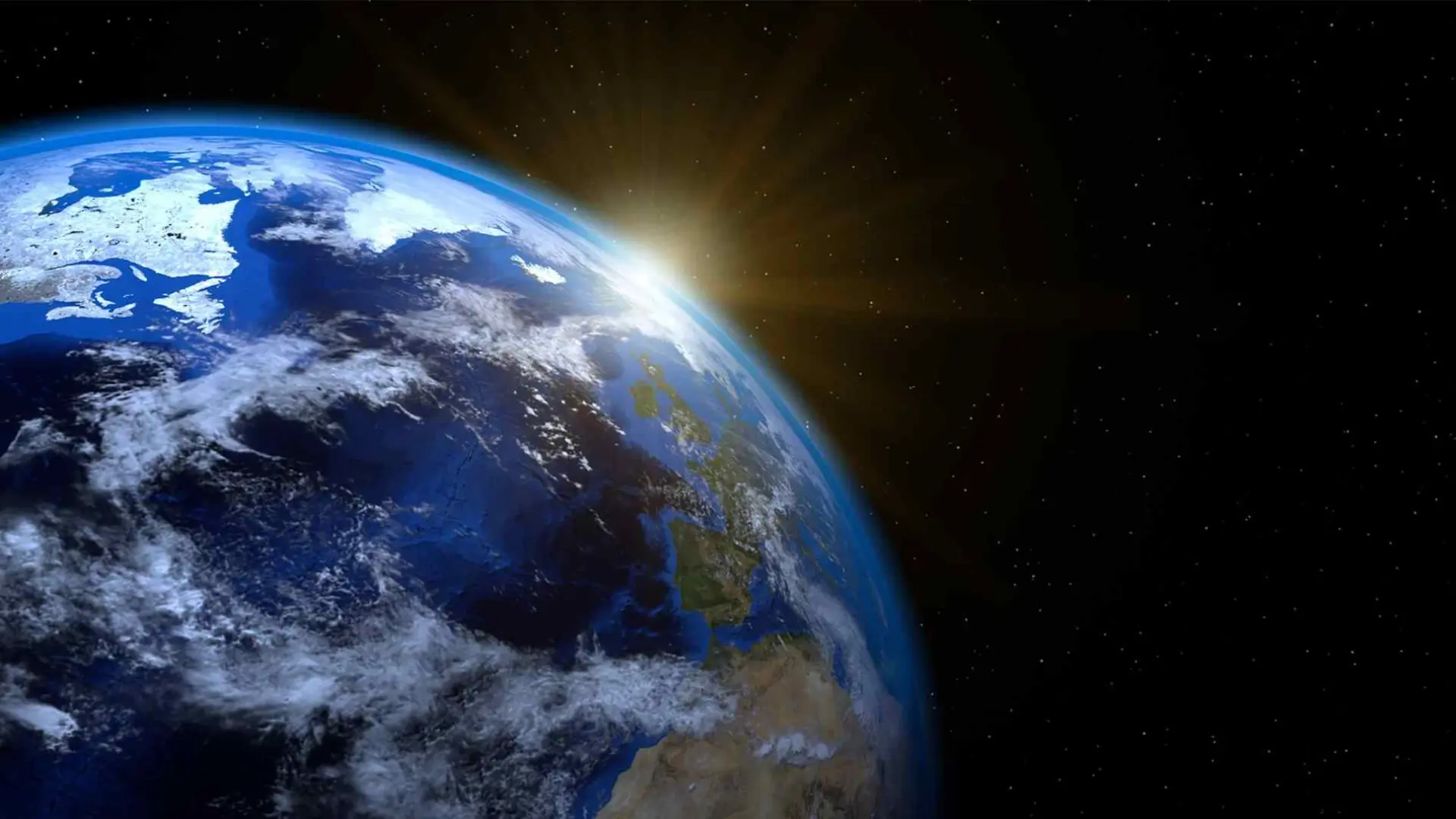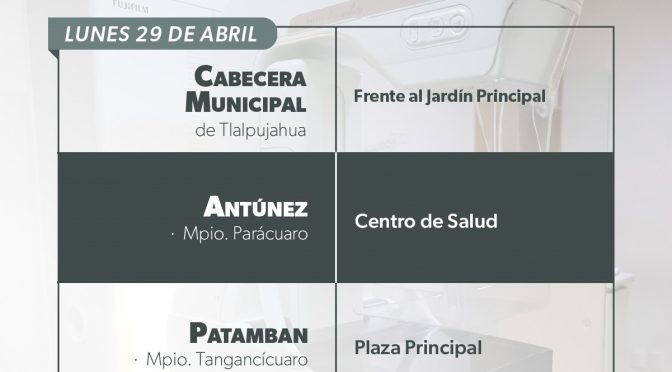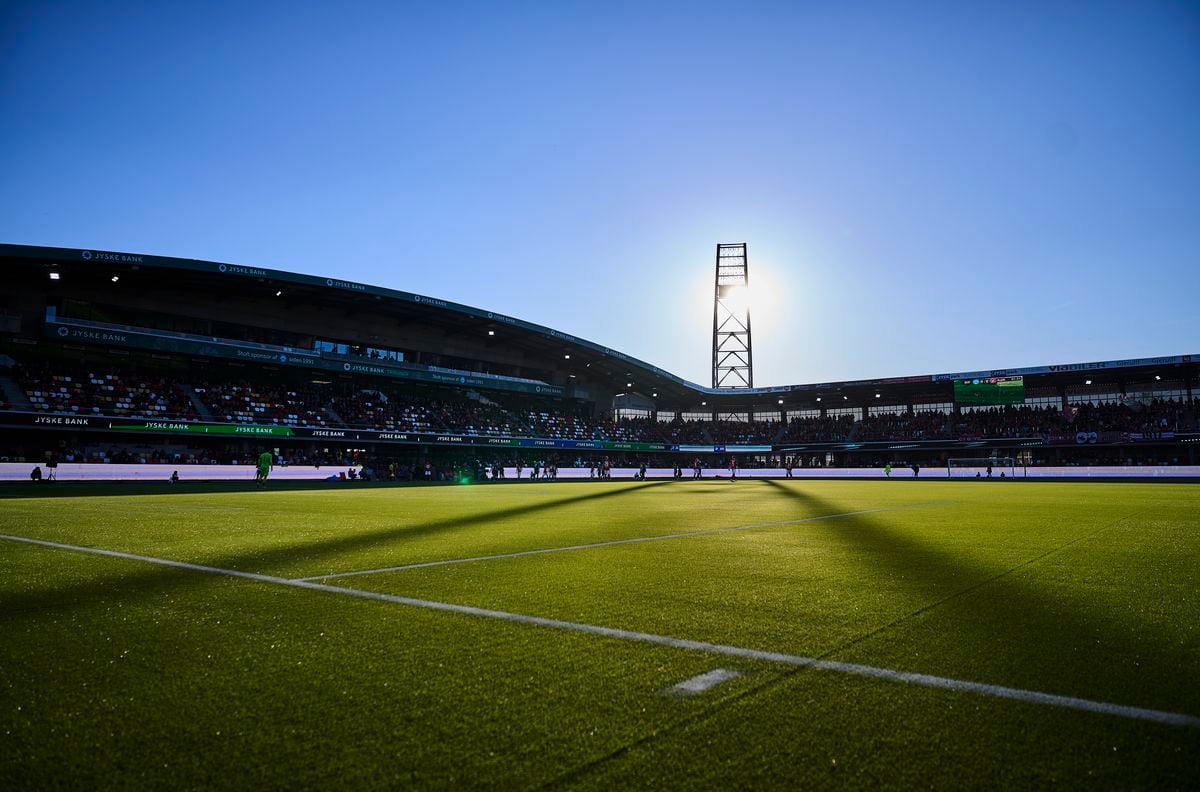The European Union’s battle against the spread of microplastics this week gave rise to a hoax that has spread rapidly on social networks: that the days of artificial turf sports fields are numbered. But that is not the case. Following the publication of a new regulation in the Official Journal of the European Commission at the end of September aimed at limiting the manufacture and marketing of products that release air polluting particles, the first measures were taken on Tuesday restricting microplastics intentionally added to the air. products. The goal is to “prevent the release of nearly half a million tons of microplastics into the environment,” according to Brussels.
Among the products identified, in addition to substances used in detergents, cosmetics or gloss materials, are, among others, “restriction of granular fillers used in artificial sports surfaces”, which, according to the European Commission, is “the largest source of intentional microplastics”. . “In the environment.” We are talking about the rubber substrate, which is a flexible polymer that is usually used to dampen the bounce of the ball on hard surfaces. According to the European Chemicals Agency, rubber is “the largest contributor in terms of the use of microplastics in products, as well as the largest source of environmental emissions.”
But the restriction, as community sources confirm, is not immediate in all cases, especially with regard to the product that affects artificial fields. Initially, a European Commission spokesperson referred to products containing intentionally added microplastics that were placed on the market before 17 October 2023, including Stores, does not have to be withdrawn from the market, but can continue to be sold until stocks run out. Therefore, even those products whose sale ban became effective as of Tuesday, such as cosmetics containing microbeads (small plastic spheres used for exfoliation) or glitter powder made of plastic, may be sold out until the current supply runs out.
Moreover, in most cases – and this is where granular rubber infill for artificial turf comes in – the sales ban does not apply from Tuesday, and rather a longer transition period is expected. In the case of artificial fields, this transition period lasts eight years, with the aim of “giving stadium owners and managers the time necessary to switch to other alternatives and allow the majority of existing sports fields to reach their end.” Useful life. Likewise, the Commission emphasizes that it will not be necessary to “remove” already existing sports fields when this period expires, even if they contain microplastics, because the ban is limited to the sale of new materials.
Commission sources indicate that behind the idea of banning microplastics is not only the desire to protect the environment, but also the idea of enhancing the activity of many companies, especially European ones, which are already proposing more environmental alternatives to these highly polluting materials.
One of the most viable alternatives to rubber that has been proposed so far is a compound called Ecolastene, a product developed by the company Green World ComplexIts headquarters are in Murcia. It is a material larger than five millimeters in size, and can be easily recycled at the end of its useful life. This is just one of the options among others that can be explored by the managements of various sports clubs, which find in artificial turf a way to significantly reduce expenses in maintaining the fields in which they carry out their activities.
Information is the first tool to combat climate change. Subscribe to it.
Participate
You can follow the climate and environment at Facebook And sor sign up here to receive Our weekly newsletter

“Analyst. Web buff. Wannabe beer trailblazer. Certified music expert. Zombie lover. Explorer. Pop culture fanatic.”

/cloudfront-us-east-1.images.arcpublishing.com/eluniverso/YFBMOB6RIFBJ7EVX7F4FOQMQPA.jpg)

:quality(85)/cloudfront-us-east-1.images.arcpublishing.com/infobae/YB64VL2YN5E5BFTHJIG4M7QUUE.jpg)



More Stories
A performance worthy of Agnes in the defeat to Rublev
Gamero is already thinking about Sudamericana and is focusing on the match against Chico
Roberto Bautista Agut has not spared his complaints to the Madrid Masters 1000 organization